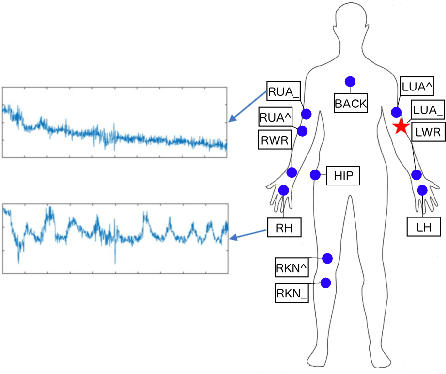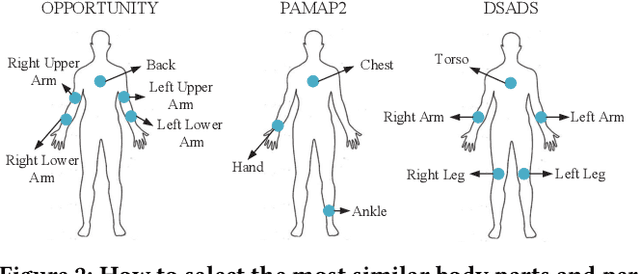Deep Transfer Learning for Cross-domain Activity Recognition
Paper and Code
Aug 19, 2018



Human activity recognition plays an important role in people's daily life. However, it is often expensive and time-consuming to acquire sufficient labeled activity data. To solve this problem, transfer learning leverages the labeled samples from the source domain to annotate the target domain which has few or none labels. Unfortunately, when there are several source domains available, it is difficult to select the right source domains for transfer. The right source domain means that it has the most similar properties with the target domain, thus their similarity is higher, which can facilitate transfer learning. Choosing the right source domain helps the algorithm perform well and prevents the negative transfer. In this paper, we propose an effective Unsupervised Source Selection algorithm for Activity Recognition (USSAR). USSAR is able to select the most similar $K$ source domains from a list of available domains. After this, we propose an effective Transfer Neural Network to perform knowledge transfer for Activity Recognition (TNNAR). TNNAR could capture both the time and spatial relationship between activities while transferring knowledge. Experiments on three public activity recognition datasets demonstrate that: 1) The USSAR algorithm is effective in selecting the best source domains. 2) The TNNAR method can reach high accuracy when performing activity knowledge transfer.
 Add to Chrome
Add to Chrome Add to Firefox
Add to Firefox Add to Edge
Add to Edge